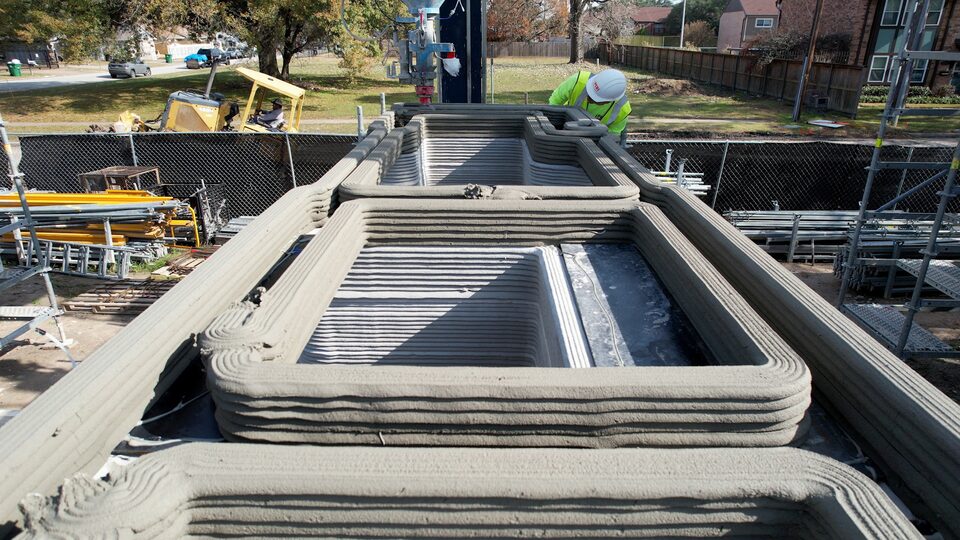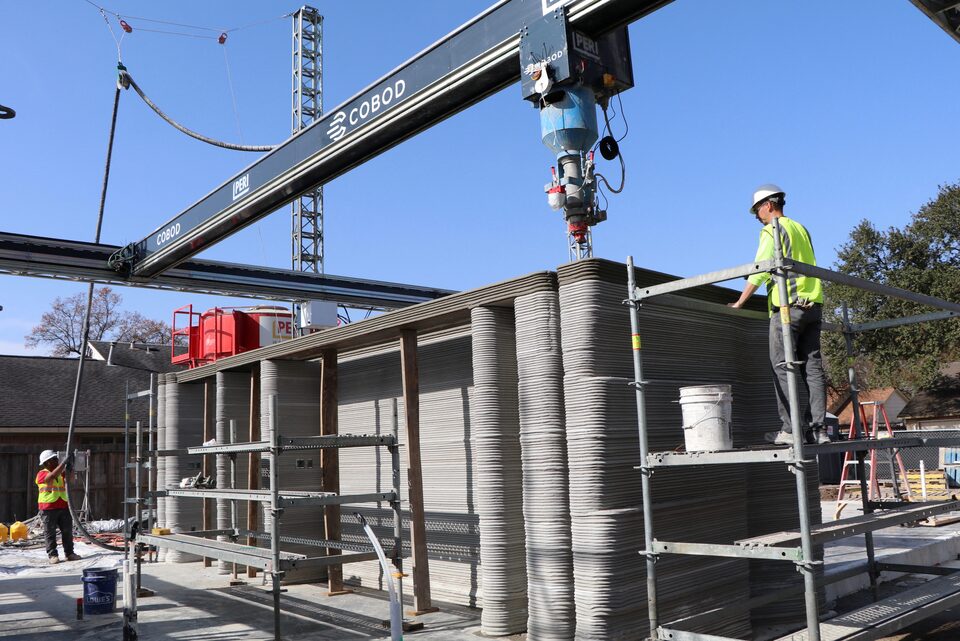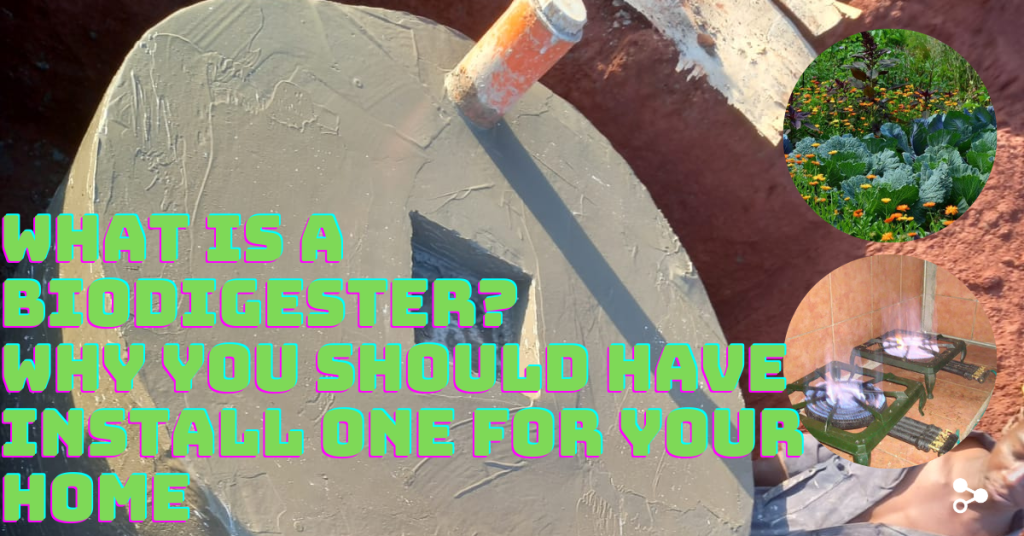The construction industry has long been viewed as resistant to change, clinging to traditional building methods that have remained largely untouched for decades. However, a revolutionary technology is quietly reshaping this landscape – 3D printing. What was once a niche application for creating small plastic prototypes is now being scaled up to construct entire buildings, promising to disrupt long-established practices in construction.
At its core, construction-scale 3D printing relies on an industrial robotic arm guided by digital blueprints to precisely layer materials, such as concrete, polymer composites, or metal alloys, to create structural components.
Advantages of 3D Printing in Construction
This additive manufacturing process offers several advantages over conventional construction techniques.
1. Increased Speed and Efficiency
One of the primary benefits of 3D printing in construction is the potential for dramatically increased speed and efficiency. By automating the building process, 3D printers can work around the clock, unimpeded by human constraints such as fatigue or limited working hours. Additionally, the layer-by-layer additive approach minimizes material waste, as only the required amount is deposited.

2. Design Flexibility
Traditional construction methods are often limited by the constraints of molds, formwork, and human execution. In contrast, 3D printing allows for virtually unlimited design complexity without incurring additional costs or challenges. Architects and engineers can unleash their creativity, exploring organic shapes, intricate geometric patterns, and innovative structural forms that would be prohibitively expensive or even impossible to construct using conventional methods.
3. Improved Safety and Sustainability
Construction sites are inherently hazardous environments, with risks of falls, injuries from heavy equipment, and exposure to hazardous materials. By automating a significant portion of the building process, 3D printing minimizes the need for human presence on active construction sites, enhancing overall safety.
4. Sustainable Construction
As sustainability becomes an increasingly crucial consideration in construction, the inherent eco-friendly nature of additive 3D printing processes gives this technology a distinct advantage over conventional building methods. Reduced waste, recyclable materials, lower transportation impacts, and optimized designs are all factors that make 3D printing an attractive solution for green construction projects.

While 3D printing in construction is still in its early stages, numerous projects worldwide are demonstrating its viability and potential. From compact concrete houses to multi-story apartment buildings, the range of 3D-printed structures is rapidly expanding. Companies like ICON in the United States, WinSun in China, and CyBe Construction in the Netherlands are at the forefront of this revolution, continually pushing the boundaries of what is possible with this technology.
As with any disruptive innovation, the adoption of 3D printing in construction faces challenges, including regulatory hurdles, material limitations, and the need for skilled operators. However, the potential benefits are too compelling to ignore. By embracing this cutting-edge technology, the construction industry can overcome long-standing inefficiencies, unlock unprecedented design possibilities, and pave the way for a more sustainable and safer future in building construction.




